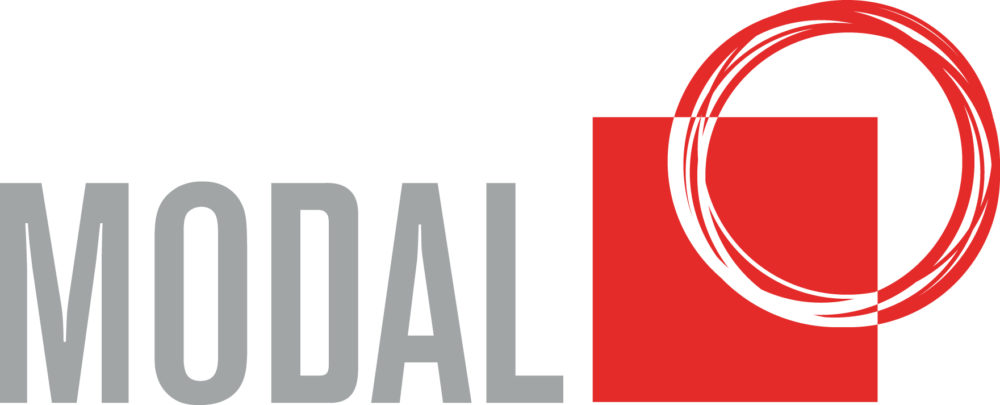Lately, I have been hearing a lot from leaders that they now have distributed teams – people working either virtually or via a hybrid approach (mixing time working from home, office or other means). This remote work revolution won’t be going away, even post pandemic.
Virtual and hybrid working is here to stay because of geographical separation, time efficiencies and expectations of employees about flexible work schedules and how they want to structure their working lives.
The risk now for many leaders is in not recognising that having distributed employees is here to stay, and making the mistake of just pushing on with how they and the team operated when they were constantly face to face. Or alternatively, pushing important routines, activities and learning back ‘because it will be better to do them when all team members can be in the same room again’.
This thinking presents a risk because the way employees think about work and the ‘physical office’ has now changed forever.
There is no putting the ‘remote worker’ genie back in the bottle
The world was already on a path to distributed teams, COVID just accelerated the journey by 5 years. So instead of looking at the restrictions caused by the pandemic as a threat, leaders can see them as an opportunity.
The key now is to see that the current situation is an opportunity to build people’s ‘muscle’ around working effectively from different locations.
Leaders need to lean in to experimenting with different meeting and communication routines, learning and development, and forums that assume online is the way of the future.
This is a different mindset to ‘how can we temporarily move our team meetings online, and then we’ll do the ‘real stuff’ and the harder stuff when people can meet face to face?’.
Don’t get me wrong, I’m still a true believer that meeting in person is often the optimum experience. However, the shift in organisations to a distributed workforce means balancing a variety of elements including efficiency and effectiveness, people’s needs and the organisation’s needs, and what’s perfect vs what’s fit for purpose. Leaders and teams need to invest time and effort into learning how to do remote work and hybrid work much better than we are now. Yes, this means educating people how to use virtual collaboration tools like Miro, Mural, Monday.com or Jira. There is a plethora of communication tools from video conferencing to messaging apps to handle the mechanics of effectively managing a distributed team and ensuring they have the right tools for off site and on site employees.
However, it’s not just about the technology, it also means starting a conversation in your immediate team that aligns people’s thinking on how we will continue to work in a distributed work environment.
How will we work in a distributed workforce model?
We know that our brains are hardwired to try and meet our psychological needs. Neuro-scientist and researcher David Rock found that there are 5 core psychological needs that everyone must meet in order to be happy and productive at work; status, certainty, autonomy, relatedness and fairness. The diagram below outlines these needs.

Having a conversation about how we might work differently in distributed work environments starts by asking questions of our teams such as:
- “If we could never all be in the same office space in person again, how would we re-design how we work?”
- “How would we best collaborate in this new landscape?”
- “How would we best feel connected as human beings, and ensure we go beyond just transactional interactions, to build stronger relationships?”
- “What types of tools would we need to support us to work effectively in a distributed team?”
- “What type of routines and rituals would we want to build in?”
- “How do we ensure as much as possible that every team member is still getting their SCARF needs met, even when we don’t work in the same physical location?”
- “What sort of development would help us as a distributed team continue to adapt and improve?”
One thing we know for sure is that most leaders have not had years of experience in building and leading remote teams. Since this is relatively new, we can’t assume that leaders and teams will just easily adapt to a distributed work model (or a blended work model) without some development and support.
As discussed, it’s important not to pause or reschedule opportunities until we can get people in the same location. It’s time to embrace the new normal and experiment with what might work going forward. As well as leaning in to doing team development virtually, it’s important also to focus some development on helping leaders and teams work remotely.
Reasons to not postpone development of your distributed workforce
- Staying connected is even more important when working remotely. Not only is connection needed to meet remote workers’ SCARF needs, maintaining employee engagement and connection to company culture is essential for employee retention.
- Hybrid and remote teams are the way of the future post pandemic anyway. The distributed workforce approach is not going away.
- Resilience: people need safe forums to express their thoughts and feelings and for their colleagues to understand these. Effective communication and creating shared empathy and trust must be worked at even more in a hybrid/virtual world.
- Gens Y and Z are digital natives who will adapt to the use of new technology quickly.
- Learning & development is a retention tool, if employees have access to this they are less likely to leave the company.
It is our responsibility as leaders and learning and development practitioners to help people get used to, and adapt to, working and learning in a distributed workforce/virtual way. This means that we need to embrace continuous learning and development through these approaches, be OK to try new things and fail fast if necessary. Most importantly, when you find something that works well, don’t keep it a secret as we can share lessons learnt and set others up for success.





